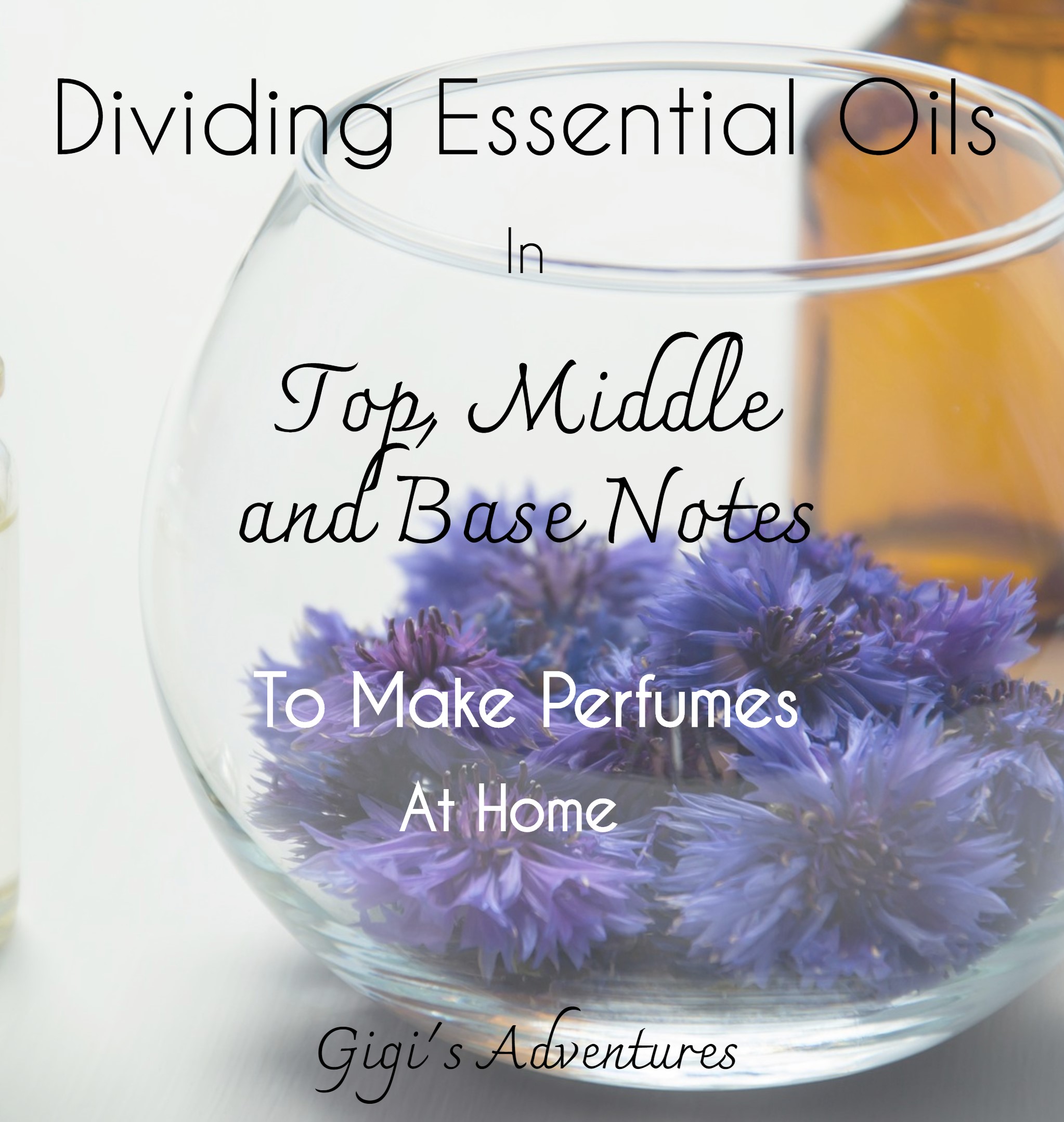Dividing Essential Oils in Top, Middle and Base Notes to Make Perfumes At Home!
Do you want to literally glow up overnight using the Light Feminine method? Click here!
Hey, pretty people!
There are a few things one should get acquainted with before jumping into the crafting part of a DIY perfume; essential oils, for instance!
You surely have seen them around in your house or even at your local drugstore; they usually come in smaller bottles with dropper applicators, and offer many various fragrances. Some of them can be a bit more expensive, but you’ll easily find pretty effective ones at a more than reasonable price.
Essential oils can be used as a skincare or haircare supplement, or simply as aromatherapy; however, there’s another interesting use for them: DIY perfume! Sure, you won’t get a Chanel N°5 out of them, but experimenting and creating new fragrances is always fun.
In short, how does dividing essential oils for a DIY perfume work?
Let’s find out!
IMPORTANT NOTE!!
Please always do your research before purchasing an essential oil, and do a patch test if you can. Researching is important if you have more sensitive skin or suffer a particular medical condition; likewise, a patch test can easily be done by applying a few drops of the oil in your inner forearm. Stay safe!
Establishing The Various Cathegories
I’m not talking about plants or flowers, but a proper distinction between three types of notes: base, middle and top. If you’re confused, don’t worry: let’s examine them one by one.
Top Notes
They can also be called ‘head notes’ in perfumery, and they are the lighter particules that tend to evaporate more quickly. In other words, they are the ones that are immediately perceived, and usually fresh and quite strong. Some of the most popular top notes are: Basil, Bergamot, Eucalyptus, Grapefruit, Lemon, Lemongrass and Peppermint.
Middle Notes
Also defined as ‘heart notes’, they are the true body of a perfume; that is to say, they consitute the biggest part of a scent (from 50% to 80%), and usually act as some sort of ‘mask’ to cover the very first impression of base notes. These fragrances are more mellow, sweeter and rounded, if you will. Some of the most popular middle notes are: Lavender, Rose, Rosemary and Thyme.
Base Notes
As soon as the middle notes get closer to evaporating, base notes make their appearance in the scent; to sum up: together, they constitute the real body of a perfume. The role of base notes is to bring depth and strength to a scent, hence strengthening the middle and top notes in the process. Some of the most popular base notes are: Cinnamon, Clove, Patchouli, Sandalwood and Ylang Ylang.
In-Depth Look: Top Notes
- Basil*
- Bergamot*
- Eucalyptus
- Grapefruit
- Lemon
- Lemongrass*
- Lime
- Orange
- Peppermint
- Sage
- Tea Tree*
- Thyme*
*= Top to Middle Notes

In Depth Look: Middle Notes
- Black Pepper
- Cardamom
- Chamomile
- Geranium
- Lavender*
- Melissa*
- Nutmeg
- Pine
- Rosemary
*= Middle to Top Notes

In Depth Look: Base Notes
- Cedarwood
- Cinnamon*
- Clove
- Ginger*
- Jasmine
- Myrrh
- Patchouli
- Rose
- Rosewood*
- Sandalwood
- Vanilla
- Ylang Ylang*
*= Base to Middle Notes

One Last Chart

MORE DIY MULTIPURPOSE PRODUCTS


